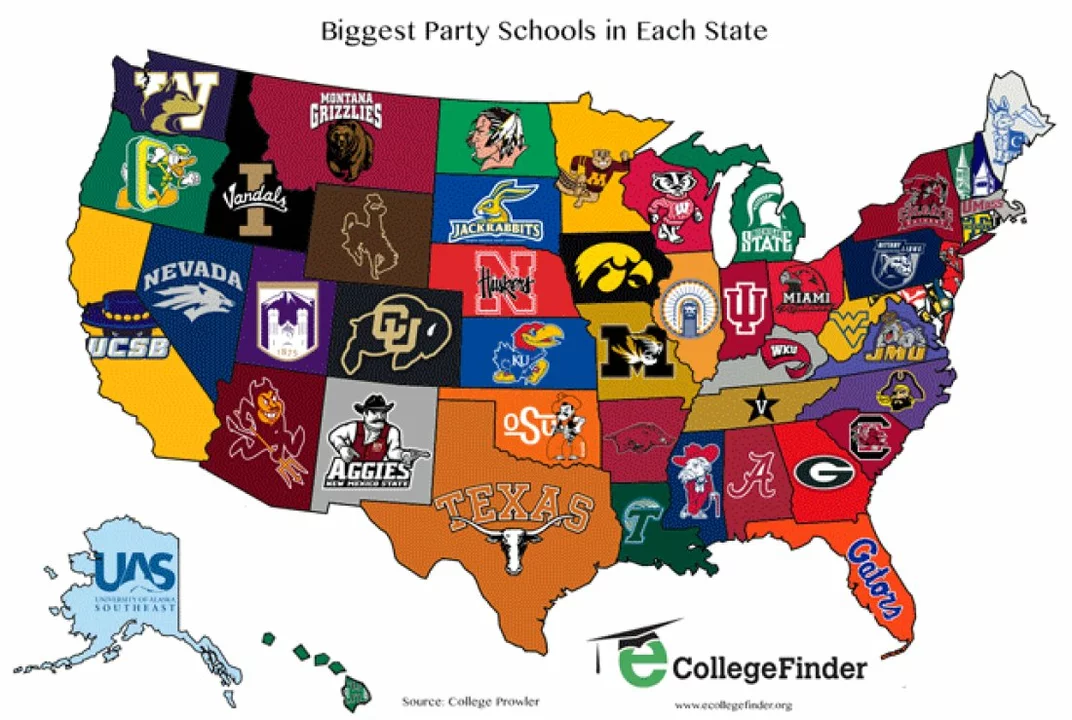U.S. States
When you think about U.S. states, the fifty political regions that make up the United States of America. Also known as states of America, each one runs its own government, keeps local laws, and adds a unique flavor to the nation. Below we’ll unpack how state capitals, the administrative cities where each state’s government sits shape daily life, how state population, the number of people living in each state drives market trends, and how state geography, the varied landscapes from coastlines to mountains influences tourism and industry. By linking these pieces together you can see why the U.S. states matter for anyone tracking news, travel, or business. The connection is simple: a state’s capital holds the power center, the population fuels demand, and the geography dictates opportunity. This trio of entities creates the backdrop for everything from local elections to coastal surfing spots. Understanding the mix helps you spot patterns across different regions without needing a deep dive into each article. In short, the five‑letter word “state” carries a whole ecosystem of data that we’ll break down in the posts that follow.
Key attributes that define the U.S. states
Think of the U.S. states as a single entity with clear attributes. Number of states is a fixed attribute – there are exactly fifty. Total land area adds up to about 3.8 million square miles, but each state’s share varies wildly; Alaska alone accounts for more than one‑fifth of that total. Combined GDP tops $25 trillion, reflecting a mix of agriculture, tech, finance and entertainment across the map. When you look at state government as an attribute, you notice each has a governor, a bicameral legislature (except Nebraska) and its own tax code. These attributes shape the everyday experience of residents and the decisions of businesses. For example, the attribute “state tax rate” directly influences where companies open new offices, while “state education funding” affects school quality and, ultimately, workforce readiness. Another key attribute is “state climate,” which determines power‑grid needs and outdoor‑recreation options. The semantic triples that emerge are clear: U.S. states encompass diverse geography, U.S. states require state governments to manage resources, and state populations influence federal representation. By mapping these relationships you can predict why a coastal state might focus on tourism while a Midwestern state leans on manufacturing.
Now that you have the basics – the count, the land, the economies, the capitals, the people and the landscapes – you’re ready to see the ideas in action. Below you’ll find a curated set of posts that explore each of these angles in depth. Some articles dive into how state capitals host political drama, others break down population spikes that reshape congressional districts, and a few discuss geographic quirks that create world‑class surf spots. Whether you are a traveler hunting the next wave, a business scout eyeing tax incentives, or just a curious reader, the collection gives you practical insight backed by real numbers. Let’s jump into the stories and see how the U.S. states connect to the topics you care about.

Which U.S. states have the most professional sports teams?
As a sports enthusiast, I recently looked into which U.S. states have the most professional sports teams. It turns out that California leads the pack with 16 major league teams across various sports such as football, basketball, baseball, and hockey. New York and Texas follow closely behind, boasting 11 and 10 teams respectively. Interestingly, the East Coast seems to have a higher concentration of professional sports teams compared to other regions. With such a diverse selection of teams, fans in these states are certainly spoiled for choice when it comes to supporting their favorite sport!
Read More


